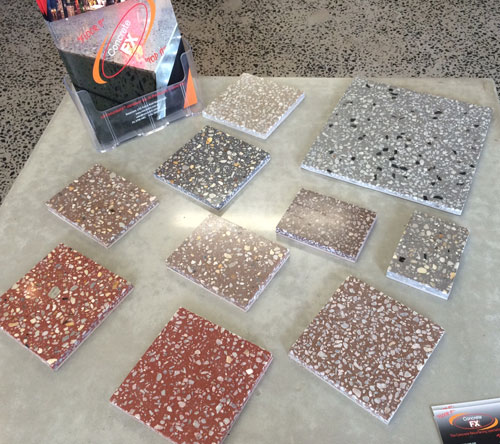Concrete veneer flooring is a revolutionary concept that marries the durability and aesthetic appeal of concrete with the versatility and practicality of veneer solutions. This innovative approach to flooring allows homeowners, designers, and architects to incorporate the industrial chic and timeless elegance of concrete into various spaces without the logistical challenges and cost implications of traditional poured concrete floors. Here’s an in-depth look at concrete veneer flooring, exploring its benefits, applications, and installation process.
Introduction to Concrete Veneer Flooring
Concrete veneer flooring utilizes thin layers of concrete applied over existing floor surfaces. This method offers a practical and cost-effective solution for achieving the look and feel of a solid concrete floor. The veneers, typically ranging from a few millimeters to an inch in thickness, are crafted from high-performance concrete mixes, ensuring the finished surface retains the key characteristics of traditional concrete, including its strength, texture, and color.
Benefits of Concrete Veneer Flooring
Versatility: Concrete veneer flooring can be applied over various substrates, including existing concrete, wood, and tiles, making it suitable for both new constructions and renovation projects.
Aesthetic Appeal: It provides the unique aesthetic of concrete without the need for extensive demolition or construction. The veneer can be customized in terms of color, finish, and texture, catering to diverse design preferences.
Durability and Maintenance: Despite its thinner profile, concrete veneer flooring is highly durable and resistant to wear and tear. It requires minimal maintenance, similar to traditional concrete floors, and is ideal for high-traffic areas.
Cost-Effectiveness: Installing concrete veneer is generally less expensive than pouring new concrete floors, especially in spaces where existing floors would need to be removed or extensively prepared.
Environmental Impact: By avoiding the need to remove existing flooring materials, concrete veneer flooring reduces waste and minimizes the environmental impact associated with renovation and construction projects.
Applications of Concrete Veneer Flooring
Concrete veneer flooring is suitable for a wide range of applications, from residential to commercial spaces. Its ability to be applied over existing floors makes it an excellent choice for updating the look of living rooms, kitchens, retail spaces, offices, and even outdoor areas like patios and terraces. The versatility in finishes and colors allows it to fit various design themes, from industrial and contemporary to rustic and traditional.
Installation Process
The installation of concrete veneer flooring requires precision and expertise. The process typically involves:
Surface Preparation: The existing floor must be cleaned and prepared to ensure proper adhesion of the concrete veneer. This may involve sanding, leveling, or repairing any significant flaws in the substrate.
Application: The concrete mixture is then applied to the prepared surface. Skilled professionals use tools and techniques to spread the mixture evenly, achieving the desired thickness and texture.
Finishing: Once the veneer has been applied, it is smoothed and finished according to the desired look. This can include polishing, staining, or sealing the surface to protect it and enhance its appearance.
Curing: The concrete veneer needs time to cure properly, ensuring it hardens and adheres well to the underlying surface.





